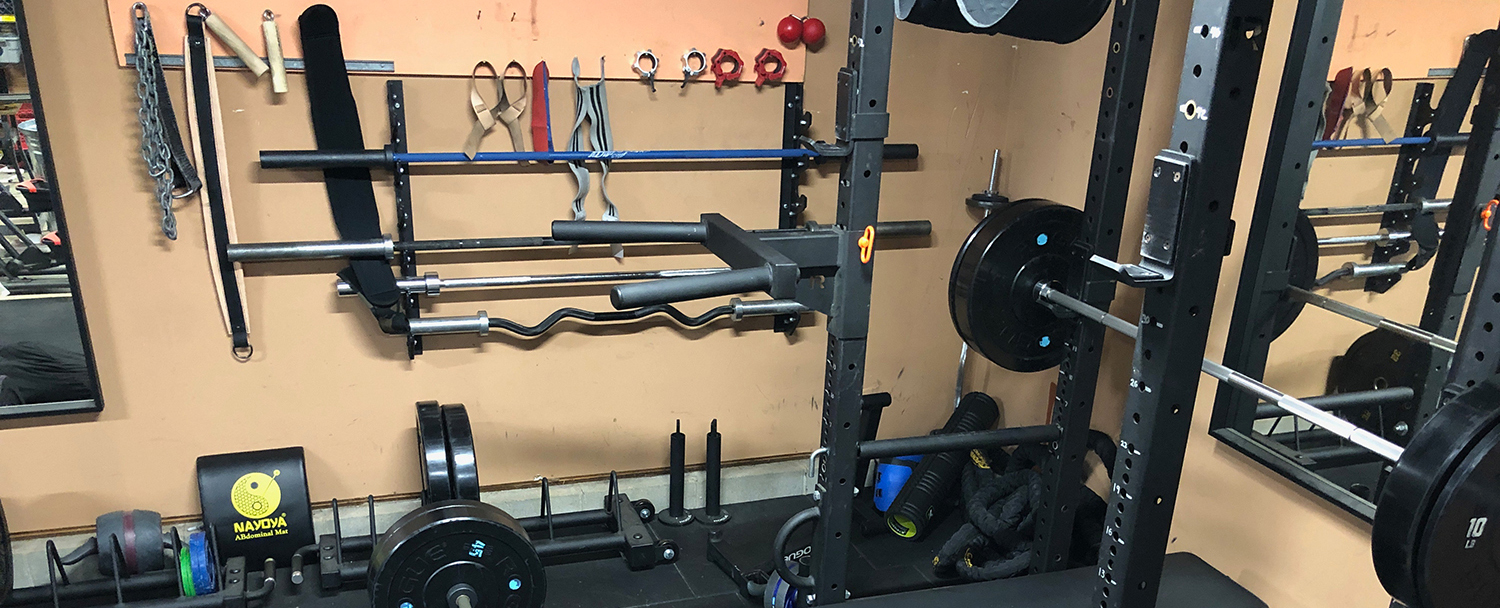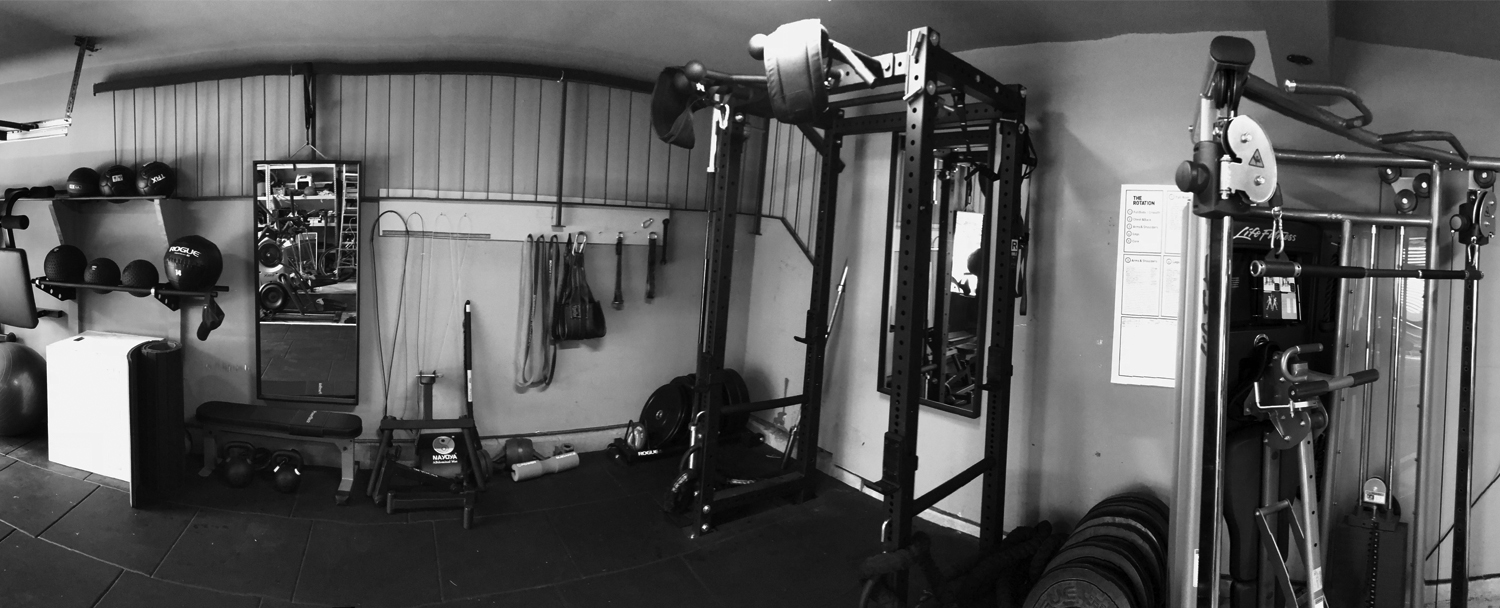The future of home gyms is (quite literally) strong
by Austin Scott
Many people who take their health and strength training seriously have come to realize two things: First, using commercial gym equipment is not always the best way to increase their fitness. And second, when it comes to fitness, convenience is the key to consistency. The result is an explosion in something that long was dominated by professional athletes and hardcore bodybuilders: the home gym industry.
In the past, equipment suppliers designed and built their equipment based on the wants and needs of commercial gyms. Therefore, equipment was expensive, large, immovable and single function. Plus, because gyms (rightfully) want to be safe, they traditionally purchase only easy-to-use equipment. The challenge is, the lifting movements that engage the highest percentage of overall muscle mass are seen as more dangerous; therefore, commercial gyms often avoid the equipment needed to perform these movements. Instead, public fitness centers have been furnished with easier-to-use machines that isolate smaller muscle groups, reducing the ability to increase muscle mass and forcing gym-goers to spend more time training to effectively engage a broad range of muscles.
But there is a growing understanding that strength training (and therefore increased muscle mass) increases one’s metabolism, bone density, joint flexibility, balance, life span and heart health. Plus, it helps prevent numerous chronic conditions later in life such as arthritis, back pain, obesity, heart disease, depression and diabetes.

So people interested in fitness—and, now, equipment manufacturers—are taking note and adjusting accordingly, often into their own curated home gyms.
The rapidly growing home gym market has a new set of criteria due to a completely different set of priorities and limitations. Designing for someone who will both own and use the equipment needs to be about so much more than just cost reduction. When people pay a substantial amount of money for any item, especially something they will own for many years, they evaluate more than just functionality. They want a brand that represents them and feels personal. Additionally, they attribute value to functionality relative to space and price. Other considerations unique to the home gym owners often consist of frequency of use, increased safety when training alone, and equipment that inspires them to train more.
Equipment designed for them will look very different than what has been produced historically and has the potential to improve the lives of the users tremendously.

Where are you going regarding development of strength training equipment? Design Central will take you there.
Austin Scott, Design Central’s resident strength training enthusiast and equipment designer works out regularly in his home gym. Austin is also eagerly planning his new home gym in the house he is renovating and will move into this year.